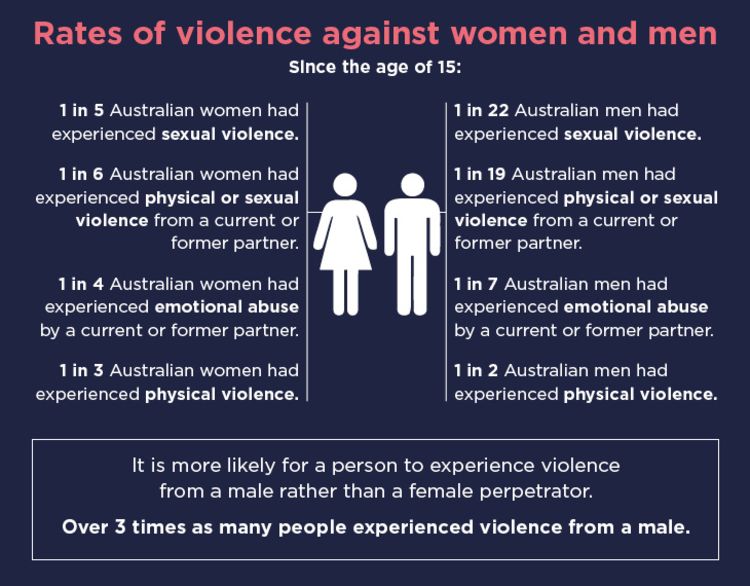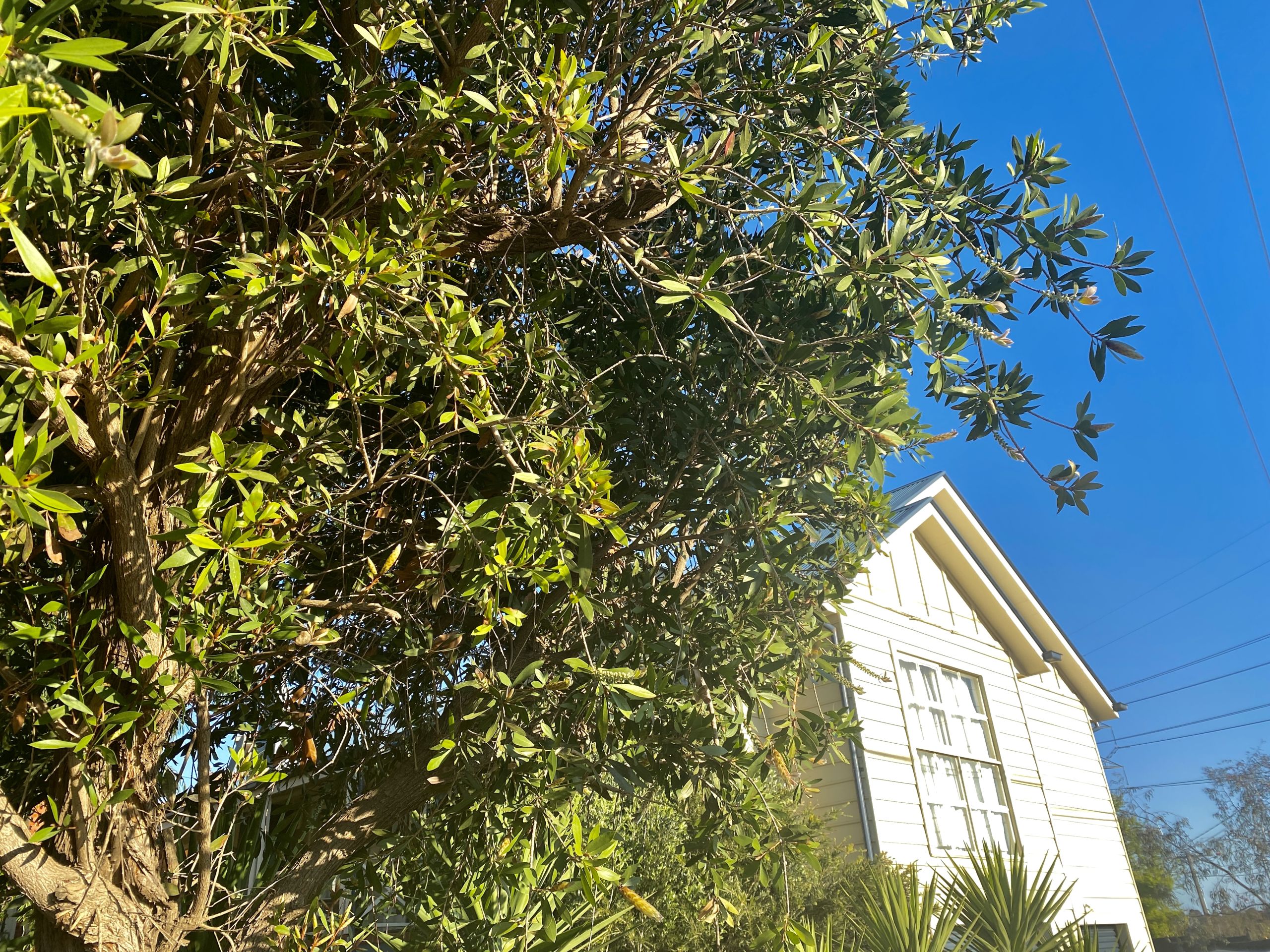Regional, Rural and Remote Women Need Resources to Fight Family Violence.

Women and children living in regional, rural and remote areas are more likely to experience family violence than their city-living counterparts, with those living in geographically isolated locations facing additional barriers when it comes to accessing essential support services.
Alexandra Middleton reports.
When Diana Connell made the choice to flee her home to escape what had been 20 years of emotional, physical and financial abuse, the nearest safe house was over two hours away.
“You shouldn’t have your whole life uprooted when you’re the victim,” Diana says.
“It was just over two hours away, the closest refuge house, which just didn't work, but we did go there because we didn't know what else to do, because no one wants to be homeless.”
Living and working with her family on a large dairy farm in rural Victoria meant Diana was stuck with her abuser day in, day out.
Her nearest neighbour was five kilometres away, it took over an hour to drive to the nearest supermarket and getting to and from inner city Melbourne was a six-hour round trip.
Even if Diana knew where to go for help, getting there would take too long.
“I had no idea what kind of services were available,” Diana says.
“And if they were available, they were a very long way away and you couldn’t get to them because you don't own a car or have any money or anything.”
Annie North Women’s Refuge CEO and National Rural Women’s Coalition spokesperson Julie Oberin says there are just over 20 women’s refuges across Victoria, with a majority of them being in metropolitan areas or major regional centres.
“It's not just a lack of women's refuge response, but it's a lack of services in general,” Julie says
“We could use so many more refuges in regional areas that remote and rural women can access,” she says.
The Annie North CEO says there needs to be strong systems and standards in place for a women’s refuge to operate effectively, including taking into consideration the safety of the victims as well as the local community, neighbours and refuge staff.
“It’s not always safe to just plonk a women’s refuge in their community, you’ve actually got to have a system around it,” Julie says.
“They need those safe pathways to get there as well.”
For many women living in rural or remote areas, travelling to their local regional centre where there are more facilities and services is the most accessible pathway to seeking help.

Julie maintains there are barriers preventing rural women from accessing these services, including their ability to safely travel to a refuge or reach out for help in the first place.
Many rural towns do not have specialty women’s services, meaning women often find themselves presenting at the local hospital or police station, which can be intimidating places for women who have experienced distress or trauma.
And sometimes, women don’t realise they are experiencing domestic violence until they are removed from the situation.
“It can be very isolating in rural communities,” Julie says.
“Everyone knows everyone, there are high levels of shame and victim blaming, high levels of excusing the perpetrator and high levels of justifying violence in some way.”
Despite there being a state-wide shortage of women’s refuges and crisis accommodation, there is a network of specialist services available to women and children experiencing family violence across Victoria.
Domestic Violence Victoria policy manager Alison Birchall says women living in isolated areas have direct access to services which can assist with present and future risk assessments, which has been especially helpful during the current pandemic.
“Family violence practitioners have been putting a COVID-19 lens over those risk assessments and have a good understanding of what the additional barriers and risks are that might elevate or lower risk in this period,” Alison says.
“Given what we know about what a crisis like the pandemic does to family violence in frequency and severity, we often see the first onset of family violence or transition from other coercive controlling behaviours to physical violence during an emergency like this.”
Although victim survivors have the option to contact a specialist service, reach out to police and health services, or request emergency accommodation, Alison says that moving forward she would like to see perpetrators removed from the situation, rather than victim survivors being forced to leave their homes.
“The Victorian Government has recently announced increased funding for a crisis accommodation for perpetrators and we think that that's been a really good move,” Alison says.
“It really supports the whole ‘Safe at Home’ approach to family violence where the people that are the source of the risk are the ones removed rather than the victims.”
“Making it safe for victim survivors, including children, to stay in their homes is always a great idea.”
The Keeping Women Safe in Their Homes program is a key initiative of the Federal Government’s 2019 - 2022 Fourth Action Plan to combat family violence, which is part of their larger National Plan to Reduce Violence against Women and their Children.
Since Australia’s first Royal Commission into Family Violence in 2015, the Australian Government has committed $34.5 million to the Keeping Women Safe in Their Homes initiative and will allocate a further $18 million until 2022.
According to the Department of Social Services website, the initiative aims to help women and children who have experienced family violence to remain in their homes, when it is safe to do so, by providing them with increased security and resources.
“This means women and children can continue to have access to their usual support networks, such as workplaces and schools,” the DSS states.
In Victoria, victim survivors can contact Safe Steps, a 24/7 family violence hotline which will support victim survivors in accessing emergency accommodation, or appropriate technology and security responses that will allow them to remain safely in their own homes and communities.
Safe Steps refers victim survivors to women’s refuges and services across the state, like Annie North Women’s Refuge, who then provide victims with resources to feel supported and safe in their homes.
“Traditionally, it's been removing the women and kids, and they end up invariably disadvantaged or in the homelessness system, because they've been uprooted, and it doesn't do anybody any good,” Julie says.
“We can help with dual alarms, panic buttons, increased security, increased lighting, security doors, window locks and CCTV to help women feel safer at home.”

But the Annie North CEO explains a lot of women feel unsafe at home after experiencing family violence and may even need to go into hiding.
“Some women have been violated so badly in their home that they don't want to go back there because of the trauma.”
Julie says that therapeutic work to help women and children heal after their trauma is an important service that many refuges, including Annie North Women’s Refuge in Bendigo, offer to victim survivors.
Annie North provides support services to victim survivors across and around the regional area of Loddon.
The refuge engages in a lot of therapeutic work with victim survivors, including counselling, group work and art therapy.
They even have a therapy dog women and children can pet, which Julie says helps them to feel more comfortable in the lead up to counselling services.
“Being a victim survivor of family violence is not just a one-off event,” Julie explains.
“It's a pattern of abuse, assaults, coercive control, financial abuse, emotional abuse, sexual abuse, and it has long term impacts on women and children.”
“But as soon as the violence stops, the recovery can begin.”
Having experienced first-hand the direct mental health impacts of domestic abuse, Diana agrees that counselling and mental health services are incredibly important, not just for victim survivors, but for perpetrators.
“Obviously a lot of [domestic violence] does stem from mental issues,” Diana says.
“In the rural community, stress has a major effect because you can't control the weather and things on the farm, you know, and it is stress that seems to trigger a lot of it.”
“There are not many places for perpetrators to go get help.”
Diana has also noticed that men speaking about their mental health isn’t as common in rural communities as it is in urban areas, which can be a major contributing factor when it comes to gendered violence.
“You know, farmers have got this very manly thing, you know where ‘we don't cry, we don't share our feelings’,” Diana says.
“We really need to start telling men in rural communities that it’s okay to cry, it’s okay to say how you feel.”
“We need to figure out a way to somehow get them to understand that they can ask for help.”
Julie agrees there are often higher levels of gender stereotypes around how women and men should behave in rural areas, explaining that violence against women stems from gender inequality, which is further perpetuated by other stresses like poverty, substance abuse and mental health issues.
“We see it playing out on a spectrum from disrespecting women with sexist remarks, through to sexual harassment and coercive control, emotional abuse, physical abuse and murder,” she says.

“Gender equality benefits everyone, not just women and children, because males suffer from this patriarchal system as well.”
“It’s a relic from the past, it’s entrenched in society and we’ve actually got to get rid of it.”
Australia’s leading family violence prevention organisation Our Watch maintains that gender inequality provides the underlying conditions for violence against women.
“It exists at many levels in our society – from how we view men and women, to economic factors like the pay gap between men and women, to family and relationship roles and expectations.”

There are services across the state aiming to prevent gendered violence, like the Salvation Army’s behavioural change programs for men in the regional areas of Bass Strait and South Gippsland.
Gippsland Family Violence Services Program Manager Jasmine Furphy says their programs give perpetrators the opportunity to address and change their behaviour.
“We offer Men’s Behaviour Change Program group work and we’re just beginning one on one case management for perpetrators of violence with complex needs,” Jasmine says.
One-on-one men’s services work with a perpetrator to understand and be given an opportunity to change their behaviour.
But despite the increased demand for behaviour change and mental health programs directed at men, Jasmine explains these perpetrator services are significantly underfunded and almost non-existent in regional areas.
“The demand for perpetrators' services is predicted to continually increase as COVID-19 continues to hang around,” she says.
Domestic Violence Victoria acknowledges that victim survivors in rural and regional communities already experience a degree of isolation and face additional barriers in accessing support services, whether that be from friends and family, specialist family violence services or police and health services.
“What the pandemic has done is really increase that level of isolation and added more barriers to their ability to access support,” Alison says.
“Knowing that is happening across the board, adding in the extra barriers and isolation that victims survivors in rural and regional settings are experiencing, it would make it a very isolating time for them and their children in terms of trying to manage the violence that they're experiencing.”
“Family violence would be more complex and more frequent in rural and regional areas currently than it has been.”

Having experienced 20 years of verbal, physical and emotional abuse in an isolated, rural area, Diana understands how external factors caused by a crisis can spur violence in the home.
“Knowing how much stress is already on farmers, then having this all on top of it, that means more stress, more violence,” Diana says.
“It would be absolutely devastating for many people.”
Diana strongly believes that education and community awareness are key to preventing family violence, particularly in isolated areas where gender stereotypes are rigid, and victim blaming and justifying violence is common.
“I've always believed education is major in trying to overcome this,” Diana says.
“We need to teach what is right and what is wrong, like yelling at people is not right and, you know, physical abuse, it's not right.”
“None of it is acceptable, and hey, let’s get it before it actually even happens.”
If you or anyone you know is experiencing domestic violence or mental health issues, here is a list of services you can reach out to:
1800 Respect National Helpline: 1800 737 732
Safe Steps Crisis Line (Vic): 1800 015 188
Beyond Blue on 1300 22 46 36
Men’s Referral Service: 1300 766 491
Mensline: 1300 789 978
Lifeline (24-hour Crisis Line): 131 114
Relationships Australia: 1300 364 277
To better understand the drivers of family violence, you can head to the Our Watch or Domestic Violence Victoria websites:
https://www.ourwatch.org.au/the-issue/
https://dvvic.org.au/understand/about-family-violence/
For more information on the Australian Government’s ‘Safe at Home’ initiative, see the links below:
https://www.dss.gov.au/women-programs-services-reducing-violence/keeping-women-safe-in-their-homes
https://plan4womenssafety.dss.gov.au/initiative/keeping-women-safe-in-their-homes-program/
Alexandra Middleton reports on how women and children living in regional, rural and remote areas are more likely to experience family violence than their city-living counterparts, with those living in geographically isolated locations facing additional barriers when it comes to accessing essential support services.
Alexandra Middleton reports on how women and children living in regional, rural and remote areas are more likely to experience family violence than their city-living counterparts, with those living in geographically isolated locations facing additional barriers when it comes to accessing essential support services.
